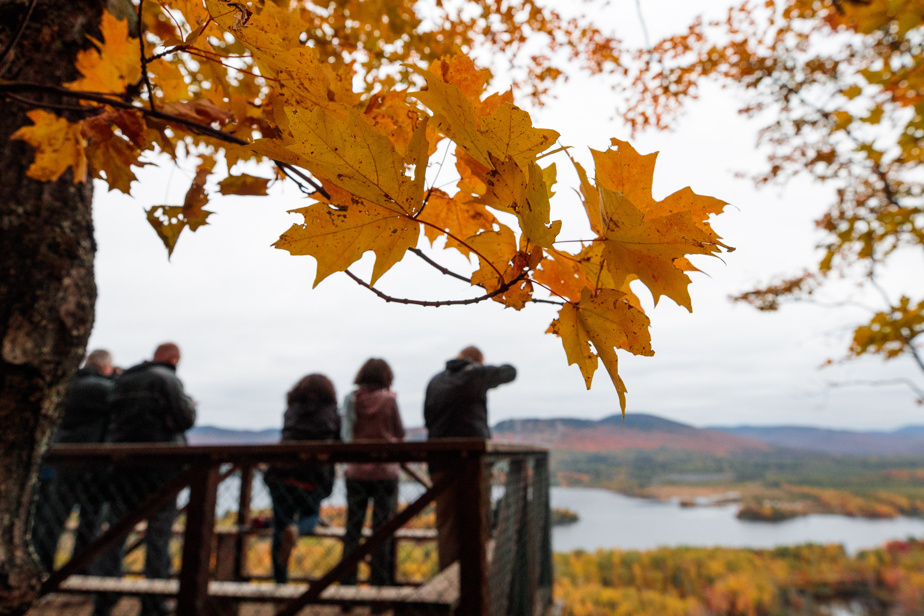Thanksgiving, the fall holiday that brings families and friends together for a hearty meal, is much more than just an excuse to enjoy a long weekend. This harvest celebration, rich in history and traditions, has unique Canadian origins that date back well before it was formalized in 1957.
Indigenous roots…
Long before the arrival of European settlers, Indigenous peoples held feasts and ceremonies to give thanks for bountiful harvests and survival after the harsh winters. These traditions included dances and rituals to honour nature and ensure good future harvests, according to an article in The Canadian Encyclopedia.
When Europeans landed on the continent, they brought their own harvesting traditions, influenced by European peasant customs.
It was in 1578 that English explorer Martin Frobisher celebrated what many consider to be the first Thanksgiving in Canada, in what is now Nunavut. His crew, en route to discover the Northwest Passage, gave thanks for having survived the ordeals of the voyage, sharing a meal of salt beef, mushy peas and dry cakes. A more frugal menu than today’s feasts, but it was a start!
To European traditions
A few decades later, on November 14, 1606, Samuel de Champlain and the inhabitants of New France organized feasts under the Order of Good Times, a society that regularly served festive meals to strengthen the health of the colonists and avoid epidemics such as scurvy.
This first banquet, held at Port-Royal, brought together French settlers and Mi’kmaq from the region, with a menu consisting of local dishes, such as squash and cranberries, discovered thanks to the indigenous peoples.
These celebrations come more than a decade before what is often considered the first Thanksgiving American, in 1621, during the pilgrims’ harvest from Plymouth to Massachusetts.
A party that takes its time to establish itself
Thanksgiving took its time to officially establish itself in Canada. It was not until 1879 that it was officially recognized as a national holiday, with a date initially set for November 6. It was then mainly celebrated for the harvest, but also for other events, such as anniversaries of the British monarchy or even the restored health of the Prince of Wales (who would become King Edward VIII).
It was not until 1957 that the holiday was definitively set on the second Monday in October, more in line with the end of the Canadian harvest. This decision also allowed the celebration to be separated from Remembrance Day, which took place on November 11.
Traditional menus and regional variations
While Thanksgiving is widely celebrated across Canada, some provinces, such as Prince Edward Island and Nova Scotia, do not observe the day as a statutory holiday. In addition, the holiday is relatively less rooted in Quebec traditions, due to its Protestant origins and association with English-speaking nationalism.
Menus also vary by region: roast turkey and pumpkin pie are classics, especially in Quebec, other local dishes such as Jiggs Dinnera stew of corned beef, root vegetables and yellow split peas in Newfoundland and Labrador, or Nanaimo bars in British Columbia, enrich local tables.
Differences from Thanksgiving in the United States
Although Canadian Thanksgiving and the Thanksgiving American holidays share some similarities, their origins and date of celebration differ. In the United States, it is celebrated on the fourth Thursday of November. This difference in date could be related to the climate: the Canadian harvests end earlier, it makes more sense to give thanks in October.
Furthermore, the historical symbolism of the Thanksgiving American is more strongly associated with the survival of the early settlers of the Mayflowerwhile Canadian Thanksgiving focuses more on harvests and family gatherings. And while Americans celebrate by watching the traditional televised parade, many Quebecers take advantage of the last long weekend of the year for a final trip to the cottage or a walk in nature. Two different ways of saying thank you, the same spirit of gratitude!
Read the article Thanksgiving: Ideas for a traditional menu
